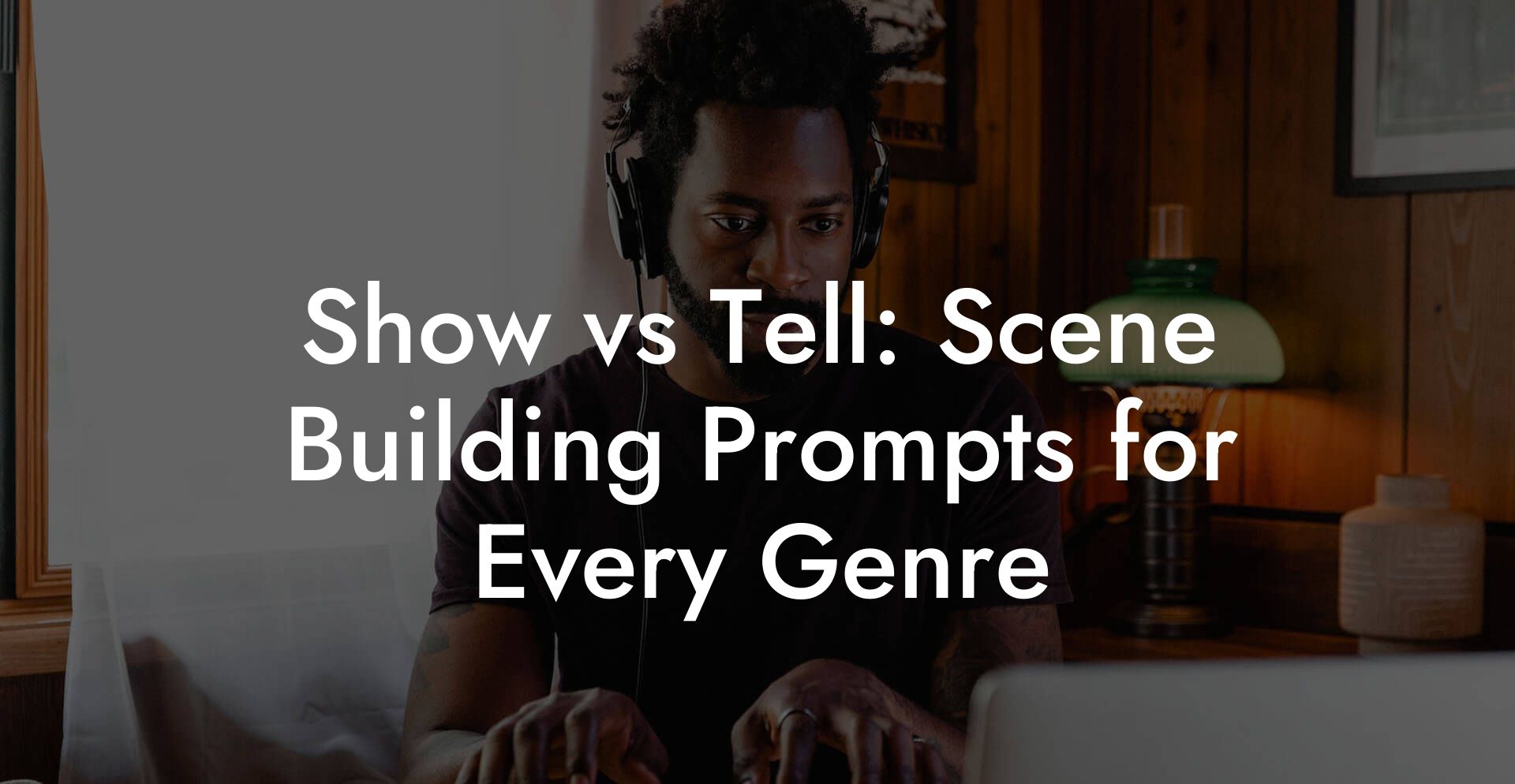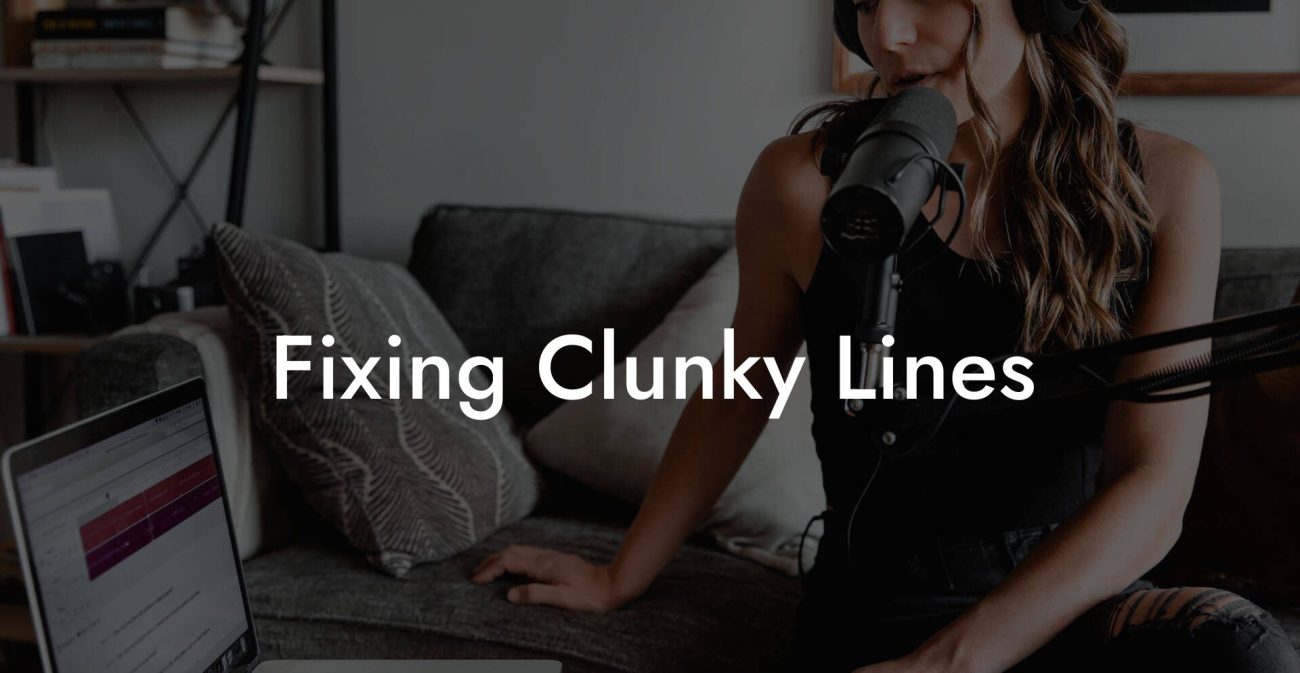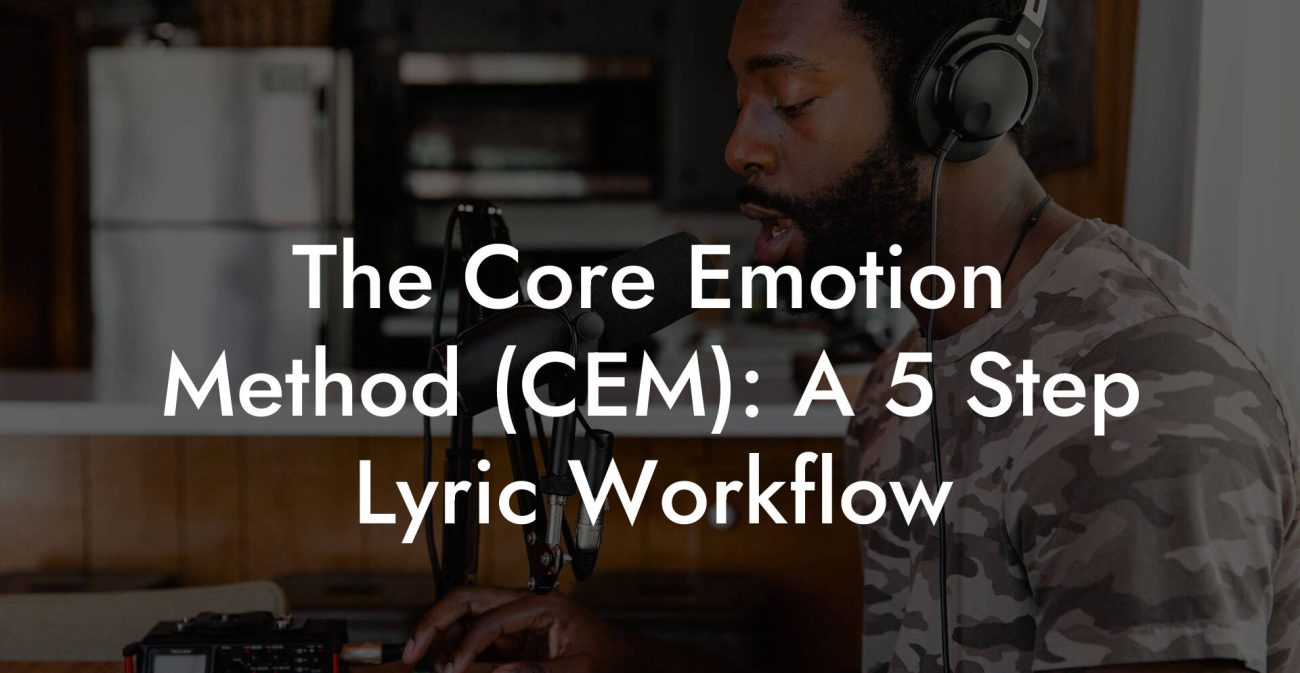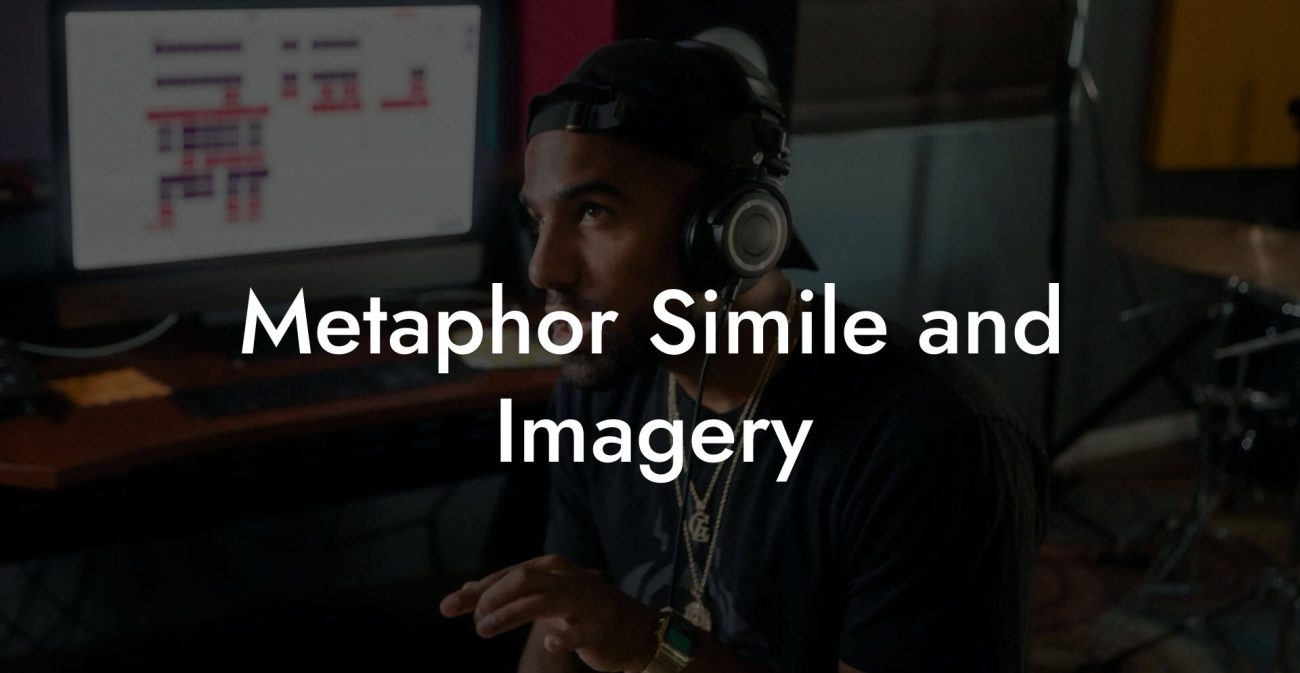Songwriting Advice
Show vs Tell: Scene Building Prompts for Every Genre

You can tell someone they are heartbroken. Or you can show them the way their coffee cools faster when they do not laugh anymore. This is a guide for people who write lyrics, verses, hooks, and scenes that need to feel alive. It gives you prompts that force the camera to move, voice to breathe, and listener to feel like they are inside the apartment across the street.
Quick Interruption: Ever wondered how huge artists end up fighting for their own songs? The answer is in the fine print. Learn the lines that protect you. Own your masters. Keep royalties. Keep playing shows without moving back in with Mom. Find out more →
Quick Links to Useful Sections
- What does show versus tell actually mean
- Quick glossary so we all use the same brain
- How to convert telling into showing in three clean moves
- Genre truth bomb
- How to use the prompts
- Core scene building prompt recipe
- Prompts for pop
- Prompts for hip hop
- Prompts for country
- Prompts for R B and soul
- Prompts for indie and folk
- Prompts for rock and punk
- Prompts for electronic and dance
- Prompts for musical theatre and storytelling songs
- Exercise: The three minute scene
- Prosody check so your show lines sing
- The crime scene edit for every lyric
- How to make images that work on social platforms
- Common mistakes and how to fix them
- Real life prompt bank you can steal
- How to turn one prompt into a full song
- When to tell instead of show
- Checklist before you finish a song
- FAQ
This is written for millennial and Gen Z artists who want to stop hitting the obvious and start writing scenes that make fans screenshot lines, post them on socials, and DM you crying laughing. Expect hilarious, edgy, outrageous, and deeply practical advice. We explain every term and acronym so you never have to nod and pretend like you know what prosody means.
What does show versus tell actually mean
Telling says the thing. Showing paints the specific moment that implies the thing. Telling writes I am sad. Showing writes I fold my shirt into a smile and leave it in the drawer. The first tells. The second makes the listener imagine the drawer, the shirt, the lie you tell yourself while folding fabric into pretending.
Why does this matter for music and lyric writing
- Listeners do not sit with a dictionary of emotions. They sit with images and sounds.
- Showing invites the listener to finish the sentence with their own memory. That feeling is how songs become personal for strangers.
- Showing makes hooks stick because images are easier to repeat than abstract statements.
Quick glossary so we all use the same brain
- Prosody means how words match the rhythm and stress of music. If the natural stress of your line fights the beat you will feel a glitch even if you cannot name it.
- Topline is the vocal melody and lyrics over a track. If you do not know it yet, topline is the part people hum in the shower.
- POV means point of view. It tells you who is speaking in the scene. First person is I. Second person is you. Third person is he or she or they.
- Image anchor is a small sensory detail that the listener holds like a coin. It can be a sound, a smell, a visual, or a tactile moment.
Real life scenario
Imagine your friend texts you I had a bad date last night. That tells. Now imagine they text You ate someone else s fries and called it destiny. They will get more reactions. The second line shows the moment and makes you imagine grease on the fingers and the audacity. That is the power of scene building in everyday voice.
How to convert telling into showing in three clean moves
- Replace abstract words with objects. Swap feelings for things you can touch or smell.
- Add an action. Make the subject do something small that reveals the larger feeling.
- Give it a time or place crumb. Mention a time of day, a weather note, or a location that narrows the image.
Example transformation
Tell: I miss you.
Show: The kettle whistles at midnight and I pretend I did not keep your mug in the sink for the same three days.
Genre truth bomb
Different genres demand different kinds of showing. Pop loves short bright images and vocal gestures that become memes. Hip hop rewards specificity and authoritative details. Country buys time crumbs and objects the way fans buy vinyl. R B wants mood and texture. Indie and folk enjoy quiet domesticity. Electronic listens for club sized big moments. Musical theatre wants clear stageable actions every thirty seconds. Use the genre rules as flavor guides not iron laws.
How to use the prompts
Each prompt below is written so you can turn it into a line, a verse, or a full chorus. Treat prompts as forced constraints. Limit breeds creativity. Record a ten minute pass where you pick one prompt and write without editing. Then run the prosody check explained later.
Core scene building prompt recipe
Use this recipe to build any scene in under five minutes.
- Choose POV: I or you or they.
- Pick one object anchor.
- Pick one action with that object.
- Add a time crumb.
- End with a small consequence or contrast.
Quick example
POV: I. Object anchor: red lighter. Action: I click it. Time crumb: two a m. Consequence: smoke curls like a phone charging and not ringing.
Result line
I click the red lighter at two a m and smoke curls where our late message used to live.
Prompts for pop
Pop scenes need to land fast and be repeatable. Keep images short and vocal friendly. Use open vowels for singable lines.
- Title prompt: Pick a single emoji and write the chorus that explains why it is your new name.
- Object prompt: A lipstick cap. Write three actions you do with it when you are thinking about someone.
- Movement prompt: Write a two line verse where the room rearranges itself to match your mood. Use one sensory detail per line.
- Time prompt: A commute at 8 07 a m. Write a chorus that frames the commute as the only honest hour left.
Pop example
She leaves a lipstick cap on the dashboard and I play it like a metronome for the minutes I stole from sleep.
Prompts for hip hop
Hip hop wants names, specificity, and stakes. A single brand, a parking lot, and a posture can carry an entire verse.
- Object prompt: A receipt from a gas station. Read it and write three lines about who bought what and why that matters.
- Name prompt: Give the antagonist a real name that implies history. Write a four line stanza that lists three debts and one threat.
- Scene prompt: A corner store during a rainstorm. Write a verse where the rain tells half truths and the neon signs owe people favors.
- Metaphor prompt: Turn a credit score into a scoreboard for relationships. Use sports language for emotional accounting.
Hip hop example
Receipt says two a m, Marlboros and milk. You call it groceries and I call it evidence of the nights you say you got lonely for two dollars fifty.
Prompts for country
Country loves objects with lineage and time crumbs that smell like porch lights. Tell the small domestic truth and then let the chorus make the moral ambiguous.
- Object prompt: An old truck key. Write a verse where the key is more honest than the owner.
- Time prompt: Late harvest night. Write a chorus that includes one farm task and one confession.
- Place prompt: A diner with a rotating pie case. Describe who sits where and what pie they pick when they are hiding a story.
- Dialogue prompt: Two lines of spoken exchange on the bridge. Keep punctuation natural to mimic a real speech pattern.
Country example
I keep your truck key in my coin jar like a spare excuse for mornings I do not want to explain.
Prompts for R B and soul
R B wants texture, breath, intimacy, and tactile metaphors. Use small gestures and stretched vowels in your lines. R B stands for rhythm and blues. If you do not know the term you can think of it as music that sits close to skin.
- Touch prompt: Write a verse that is only made of actions you can do with fingertips.
- Sound prompt: Describe a voice as an instrument. Use two colors and one sea sound to locate it.
- Mood prompt: A late night with the city on mute. Build a four line passage where each line is one sensory layer.
- Repetition prompt: Find a two syllable phrase that you can repeat like a pulse and make it change meaning by position.
R B example
Your name tastes like warm coffee and a forgotten vinyl. I press the record to the night and it spins only us.
Prompts for indie and folk
Indie and folk like weird domestic specifics and slow epiphanies. The camera is often close and patient. Leave space for silence.
- Object prompt: A map with a corner burned off. Write a line about what was removed and why the map still matters.
- Moment prompt: Someone waters a plant they promised to forget. Describe the plant s betrayal and mercy in the same breath.
- Micro story prompt: A lost mitten found in a coat. Build a three line story that implies a breakup without saying it.
- Environment prompt: Rain on a tin roof. Write two lines that use the roof as a metronome for decisions.
Indie example
I water your fern with the good tap because I keep thinking care will convince it to stay even when the windows are open to other storms.
Prompts for rock and punk
Rock wants immediate physical action. Punk wants gesture and attitude. Use verbs that move and voices that bark when needed.
- Action prompt: Someone slams a door but does not leave. Describe what is left in the hall and how it feels like a verdict.
- Sound prompt: A guitar string snaps in the chorus. Use that snap as a punctuation in a lyric line.
- Image prompt: A faded band tee in a thrift shop. Write a line that counts the rings on the shirt collar like years.
- Anger prompt: List three small injustices in under ten words and then repeat them like a chant.
Rock example
I slam the bathroom door until the mirror decides which version of me to keep and which to throw out with the trash.
Prompts for electronic and dance
Electronic and dance music need big repeating images and short hooks you can loop. Think club moments and a physical action the crowd can mimic.
- Hook prompt: One word you can shout and clap to. Build a two line lyric that frames that word with a movement.
- Visual prompt: LED lights strobed like a heartbeat. Write one line that places the listener under those lights.
- Motion prompt: A floor that remembers steps. Describe the floor s memory of the night as if it were a friend.
- Beat prompt: Use a four beat grid and write a chantable phrase for each beat that escalates.
Electronic example
Lights blink your name into my chest and the floor remembers the two times we almost left together.
Prompts for musical theatre and storytelling songs
Theatre wants clarity, action, and a goal you can state on stage. Every thirty seconds aim for a new reveal. The audience should always be able to answer what the character wants.
- Objective prompt: Write a song where the character has one urgent ask they say in three different ways.
- Beat prompt: Every thirty seconds introduce a new object that changes the character s choice.
- Ensemble prompt: Write one line for the chorus where the crowd answers the main character s request and then flips it.
- Staging prompt: Describe an action the character does with both hands. That action should tell the audience whether they will stay.
Theatre example
I hold the letter with both hands and the pages feel like votes. I count them out loud because that is the only way I trust the audience will pick me.
Exercise: The three minute scene
Set a timer for three minutes. Pick one genre from above. Use the core recipe and the genre prompts. Write as many lines as you can without stopping. When the timer ends, circle the most specific image and turn that into a chorus line. This drill trains you to find anchors fast.
Prosody check so your show lines sing
Scene lines must also sound good when sung. Use this checklist after you have a draft.
- Speak the line at conversation speed. Mark the natural stressed syllables.
- Compare those stresses to the beat. Stressed syllables should land on strong beats or long notes.
- If a strong word falls on a weak beat, rewrite the line or move the melody so the word can land stronger.
- Simplify consonant clusters at high notes. It is easy to sing you broke my heart into a high note and slur it into nonsense. Consider vowel heavy words on the big moments.
Example prosody fix
Raw line: I keep the key in the drawer like a secret I owe.
Prosody issue: The word secret has stress that fights the chorus downbeat.
Fixed: Key in the drawer. I owe the lock three apologies. Now the stressed words hit heavier beats and breathe for the chorus lift.
The crime scene edit for every lyric
This is a surgical pass to turn decent lines into vivid scenes.
- Circle all abstract words like love, sad, lonely, hurt. Replace each with a concrete detail.
- Underline every being verb like is, are, was. Replace with active verbs where possible.
- Mark the time crumbs and place crumbs. If none exist, add one.
- Delete any line that states the same emotional fact as the line before or after. Repetition must add twist or texture.
Before crime scene edit
I am lonely at night and I miss you.
After crime scene edit
The balcony light blinks twice at midnight and I pretend it is your knock because the cat stopped answering.
How to make images that work on social platforms
Modern songwriting lives in fifteen second clips. Compose images that survive being seen as a small screenshot. Use one strong verb and one specific object. If a line reads like a poster, you will get saves. If it reads like an essay, no one will screenshot it.
Poster friendly formula
Object plus action plus twist. Example: Your hoodie still smells like last summer and I wear it like a faded promise.
Common mistakes and how to fix them
- Too many images. Fix: Pick one anchor per section. Too many things dilute attention.
- Images that are not musical. Fix: Test each image by singing it on vowels. If it is awkward, simplify the language.
- Pictures that are clever but cold. Fix: Add a small human consequence that shows stakes.
- Over description. Fix: Remove any detail that does not change the listener s emotional understanding of the scene.
Real life prompt bank you can steal
Use these quick starters the next time writer s block parks at your door.
- A ringtone that plays the wrong song for the wrong person.
- Leftover lipstick on a coffee mug.
- A dog that sits on the lap of the person you used to hold hands with.
- A receipt with a dish you thought they hated.
- Turn signals that blink like a morse code you once learned.
- A calendar app reminder you keep snoozing.
- Late night laundry that smells like someone else s perfume.
How to turn one prompt into a full song
- Pick the prompt and write five variations on the central image. Two minutes.
- Choose the variation that makes you feel something in your chest. That is the emotional promise.
- Use the core scene building recipe to draft verse one with the object action and a time crumb.
- Write a chorus that reframes the object as the thing the character cannot give up or will not accept.
- Make verse two change one word of verse one and reveal the consequence of that change.
- Add a bridge that flips the point of view or introduces a new object that rewrites the chorus meaning.
Example workflow applied
Prompt: Leftover lipstick on a coffee mug.
Variation chosen: Lipstick on your mug because you use my coffee more than you use my name.
Verse one: The mug still has your outline and the sink knows how long I can pretend I did not notice.
Chorus: You drink my mornings and forget the part of me that says you existed before the caffeine.
Verse two: The kettle remembers the way you laughed when the cream split. I am practicing forgetting that noise.
Bridge: Maybe it is not the lipstick. Maybe it is the way you made small daily thefts and called them care.
When to tell instead of show
Showing is powerful. Do not turn it into a mania. Tell when you need clarity fast. If the listener requires a guidepost to understand a twist you will do better telling for a moment. A short telling sentence can be a punctuation after a dense image sequence. Use telling to direct the audience, not to replace the scene.
Example
Use showing for mood and a single telling line to deliver the reveal. Show: The suitcase sits at the door like an accusation. Tell: She is leaving. The telling line lands harder because the scene built the stakes.
Checklist before you finish a song
- One emotional promise per song. If you cannot say it in one sentence you have too many promises.
- One image anchor per section at minimum.
- Prosody check passed for every chorus line.
- Two moments that the listener can screenshot and remember verbatim.
- One line that sounds better when sung louder than whispered.
FAQ
What is the fastest way to make a lyric more vivid
Replace an abstract emotional word with a physical object and an action. Time stamp it. That single swap will convert an essay line into a scene. For example change I am angry to I slam the door until the hallway counts the rings. That is faster and more memorable.
How do I know when to use sensory detail
Use sensory detail when you need the listener to feel transported. If a line sits as a claim the song may not connect. If an image can produce a taste or a sound in your listener s head then you have sensory detail. Use at least one sensory moment per verse.
Can showing work in short form like a hook or a tweet length chorus
Yes. Hooks should be a single vivid object or motion. Shortness is an advantage for show because the brain completes the rest. A hook like Your hoodie smells like our old playlist works because the object and the sense open a memory contract with the listener.
Is telling ever lazy writing
Telling can be lazy if it replaces a moment that could be shown. However telling has a place. Use it to clarify, to shift perspective, or to land a reveal. The best songs balance showing for texture and telling for direction.
What does prosody mean and why should I care
Prosody is the relationship between natural speech stress and musical rhythm. If your natural stress lands on a weak beat the line will feel off. Fix prosody by moving the word, changing the melody, or simplifying the phrase so the stressed syllable can sit on a strong beat.





